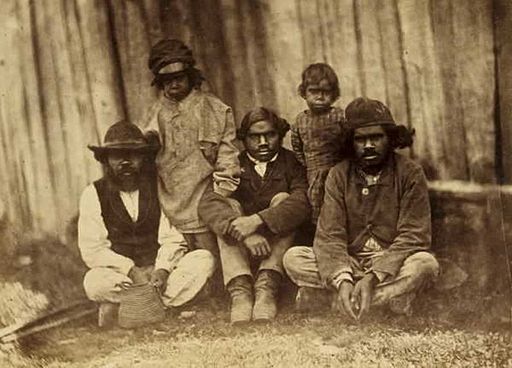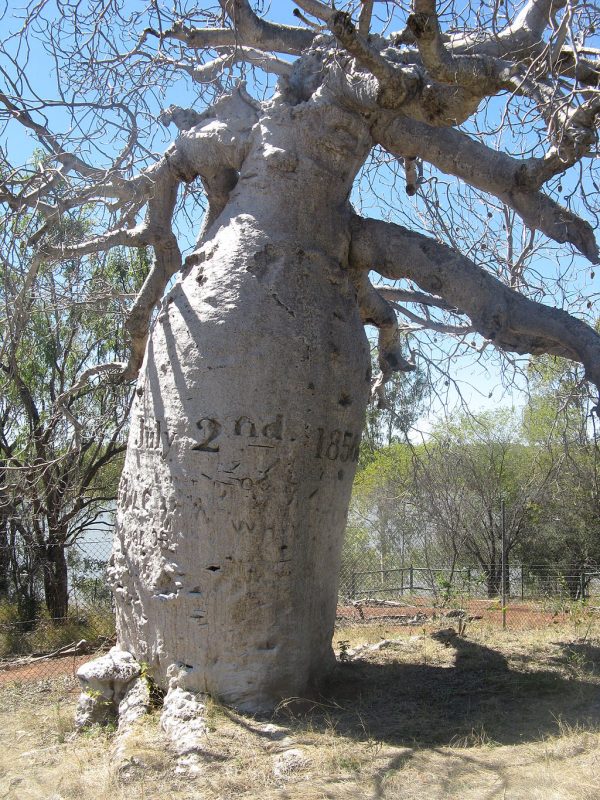Scarred trees of Kinypanial Creek: an Australian secret
Towards the end of 2016, the Victoria State Government in Australia signed a ‘recognition and settlement agreement’ with the Dja Dja Wurrung Clans Aboriginal Corporation (DDWCAC). This agreement gave the clans the right to hunt and fish on their land without the need for a license. It also covered six national parks that have been handed back to the Dja Dja Wurrung people as part of a joint management plan. These hugely significant and important agreements between the indigenous people and the state have, at long last, resolved some of the uncertainty surrounding the native title law and provided a clearly defined procedure for the rights that traditional leaders will now enjoy over public lands.
The area, situated about three hours drive to the northwest of Melbourne, that is bounded by the agreement stretches from Boort to Donald, Rochester, and Woodend. One of the most significant and important features within this area is Kinypanial Creek which runs out of the Loddon River and into Lake Boort.

The creek water is stained dark brown by the fallen eucalyptus leaves, and it runs with barely any current as the fish jump from its murky depths. This dark stretch of water runs between the two lakes, over ancient sacred aboriginal grounds and is marked by some 500 trees that stand in the water, bearing the scars where the bark was stripped off many hundreds of years ago to make sculptures, vessels, and pegboards for drying skins, headdresses, and canoes. There are three very tall trees that have particular significance to the indigenous people as “a place for ceremony, lore, knowledge, language,” said Jida Murray Gulpilil.
Having the area proclaimed and handed to the local people for protection came about after the work done by Andrew Long, a cultural heritage consultant, who undertook archaeological work in 1993. He explained that in 1850 the lake was dammed and this had the effect of fossilizing the trees. They died, and thus the trees did not get a chance to grow new bark over the places where the old bark had been stripped off. This left a clear image of what the local people were using the bark for on a daily basis.
The trees are estimated to be around 200 to 300 years old, and they are submerged when there is water in the creek. Some have fallen, but all are extremely precious, and their existence has largely gone unnoticed, but with tourism on the increase, the aboriginal people are concerned that the trees will be defaced. In addition to the trees, the area is rich in other archaeological sites with around 50 Aboriginal cooking mounds and ovens located so far. The clay ovens, with their clay cooking balls, have been carbon dated to around 4600 years old but the entire site has little or no protection from either weather or damage caused by humans.
This important cultural heritage site sits only a few miles from the smaller of the two lakes which host water sports enthusiasts and family camping holidays throughout the year. The only person that has taken the time to preserve any of this important cultural heritage is a historian living in Boort, Paul Haw, a 70 year old white man, who has been named as an honorary caretaker of the countryside by the Dja Dja Wurrung people. Mr. Haw has carefully mapped all the cooking mounds and has a collection of artifacts that have been found in the area.

Now that the land agreements are in place there is a push to protect the trees and to introduce Indigenous Tourism. The Loddon Shire Council has already put funds at their disposal and hopes that, in time, boardwalks and guided tours will be available so everyone can appreciate the history and cultural significance of the area.
It is clearly obvious that this area is deeply significant to the local people and talking to Jida Murray Gulpilil brings this home once more. He holds some of the clay balls used for cooking in ancient times and softly says, “sometimes, we can see their fingerprints in them.” It is not difficult to appreciate the ancient history contained within this area and be humbled by the hundreds of generations of native Australians that came before.
If you have any comments then please drop us a message on our Outdoor Revival Facebook page
If you have a good story to tell or blog let us know about it on our FB page, we’re also happy for article or review submissions, we’d love to hear from you.
We live in a beautiful world, get out there and enjoy it. Outdoor Revival – Reconnecting us all with the Outdoors.





